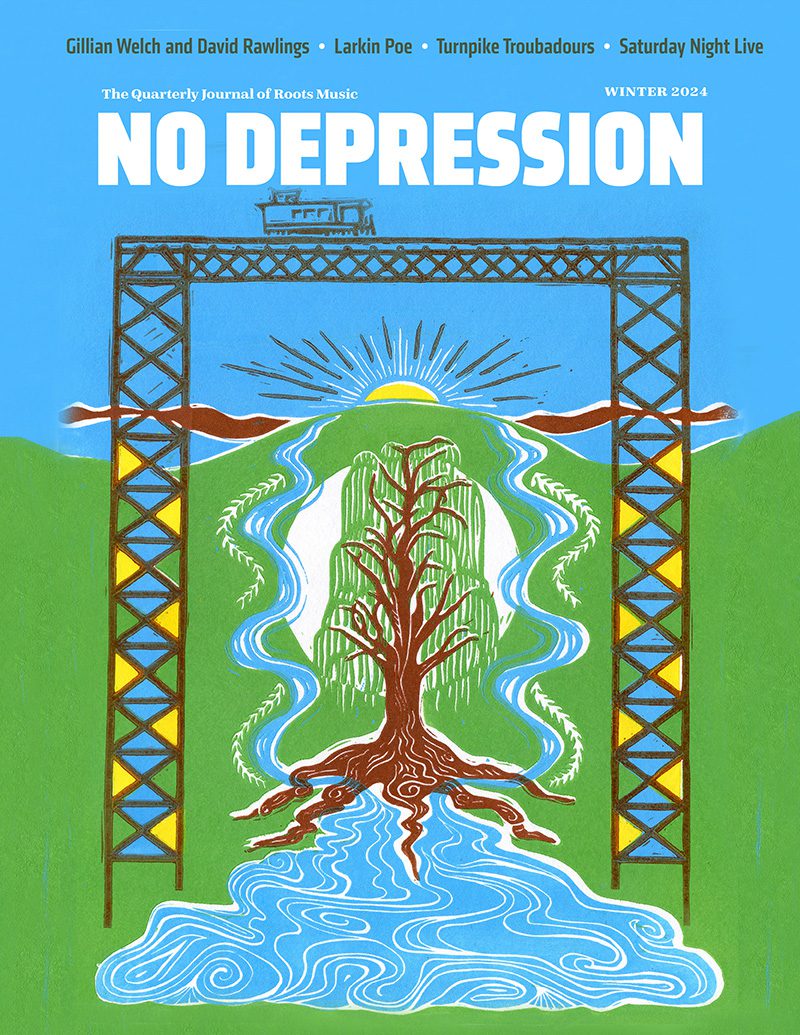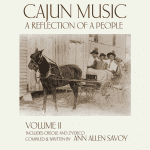Way Down in Louisiana: Clifton Chenier, Cajun, Zydeco and Swamp Pop Music
If you’re fan of Creole or Cajun music, this will be your bible. Todd Mouton’s Way Down in Louisiana: Clifton Chenier, Cajun, Zydeco and Swamp Pop Music is an insider’s look at the music that made Louisiana famous. Louisiana native Mouton is an avid promoter of the region’s music and culture. A recipient of the Louisiana Governor’s Arts Award, Mouton is Executive Director of Louisiana Folk Roots, an organization celebrating Louisiana culture with immersive learning opportunities including annual workshops in fiddle, guitar, accordion and vocals as well as an annual Rootstock featuring Cajun/Creole acts like this year’s headliner, Gino Delafose & French Rockin’ Boogie.
Mouton’s main focus is on Clifton Chenier, as any tome on Louisiana music should be. Mixing Cajun and Creole tunes with hard-rocking blues, Chenier built the foundation that made Zydeco a term heard round the world.
Mouton is a storyteller, not a lecturer. As he states in the introduction, the book is not an encyclopedia, but “a collection of glimpses into a living, breathing, evolving culture.” That not only makes it easy to read, but holds your interest as the vignettes piece together the history of Louisiana music.
Rather than just dropping in on Chenier, Mouton also visits with his sidemen who have become instrumental as well. When we first encounter him, Stanley “Buckwheat Zydeco” Dural Jr. is lying underneath his tour bus, the engine in pieces. It’s a great look at the glamorous side of show business from a man Mouton labels as “leader of the world’s most successful zydeco band.” But Dural owes a great deal of his success to Chenier, joining his band after wearing out his soul with his first band, the Hitchhikers. Four years of one night stands cross country wore Dural down so bad he quit the business in 1975. But Chenier wouldn’t have it. Showing up at his house, Chenier persuaded Dural to drag along his B-3 and sit in. Dural ended up staying with Chenier for two years before starting his own band and switching to accordion.
Lil’ Buck Sinegal had some history with Dural before joining up with Chenier’s Red Hot Louisiana Band. Sinegal led his own outfit, Lil ‘Buck and the Topcats, with Dural on organ. But Chenier toned him up, changing up the keys on songs on a nightly basis. Sinegal developed his own unique style prompting Allen Toussaint to say Sinegal played “a whole family of sounds,” a whole page, not a sentence here and there from another book.
Slide guru Sonny Landreth was a member of Chenier’s band after Sinegal, and he too praised Sinegal’s soulful blues style and innovative solos that changed nightly. Landreth developed his own unique slide style playing behind the slide, having the action on his guitar high enough so that he can reach behind it with his left hand and fret, getting the effect of what he calls “a movable capo in reverse.” You don’t have to understand the technical aspects, all you have to do is hear it to change your perception of what slide should sound like.
There’s much more. He visits with Steve Riley and the Mamou Playboys, who revolutionized Cajun music by bringing the past forward. “We’ve never really listened to what people want,” Riley says, laughing. “We might have pissed off a few people, but we won over a lot more than we pissed off.” Since 1988, Riley and the Playboys have infused their traditional Cajun sound with Zydeco and Swamp Pop and their own originals.
He drops in on Bonsoir, Catin, led by legendary Cajun fiddle Dewey Balfa’s daughter Christine, who aided her father in bringing Cajun music to public awareness and encouraging people of all ages and genders to play it as well.
The Chenier material gets the most comprehensive coverage, over 130 pages worth. Mouton never got a chance to visit with Chenier, but he’s hung out with plenty of folks who have, and the glimpses he gets through their eyes give us a good look at what life around Chenier was like. When saxophonist Dickie Landry, who in later years would be instrumental in getting Chenier on the bill for a 1978 Carnegie Hall concert, sat in with Chenier at an all black club in Grand Bois, Chenier introduced him as “a white boy who is gonna try to play this zydeco.” After three songs, Landry thought he’d done his best and started to get offstage when Chenier stopped him. “You’re not going anywhere, you’re gonna play all night,” the Zydeco king told him. Two hours later, his lips numb and his knees about to buckle, Landry asked fellow horn man John Hart when the band was gonna take a break. “We don’t take breaks,” he said, as the band proceeded to play for two more hours.
It’ll take you a while to get through this one. The pictures alone will keep you enthralled for hours. But the stories will keep you coming back again and again to baptize yourself in Louisiana’s spicy watering holes with the help of the itinerant musical evangelists who made Louisiana music a world-wide ministry.




